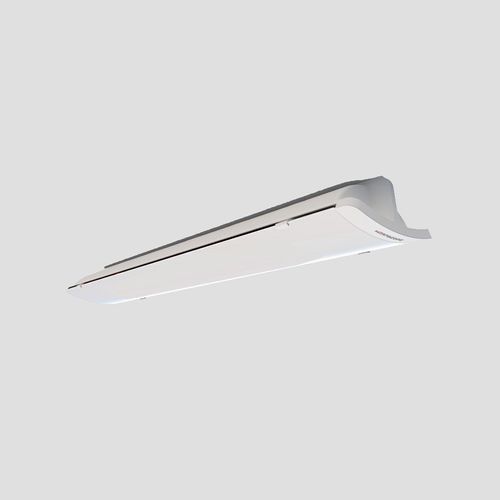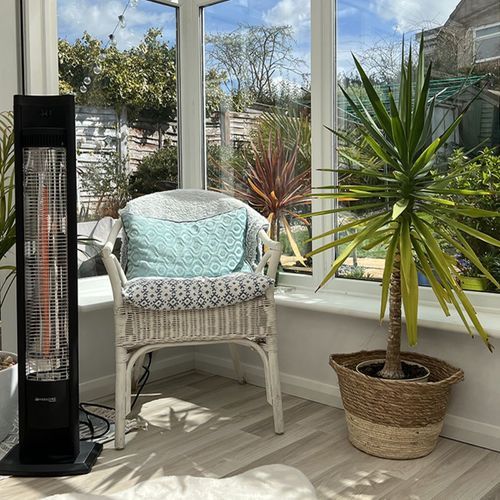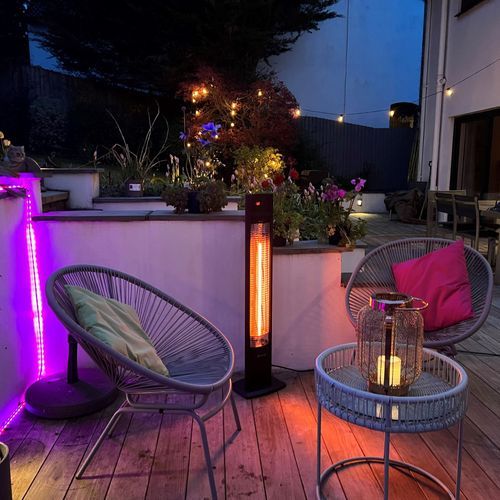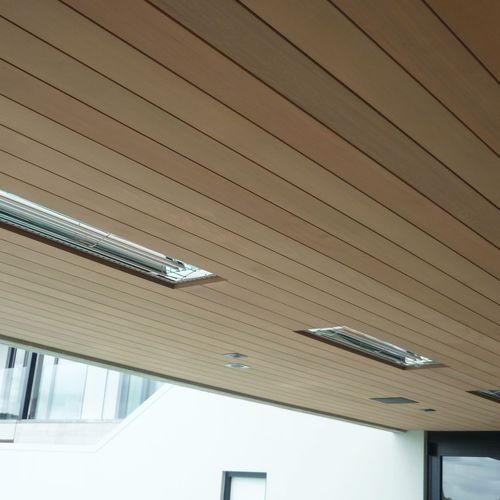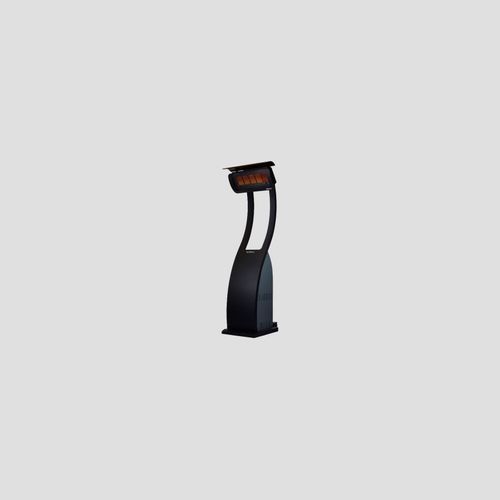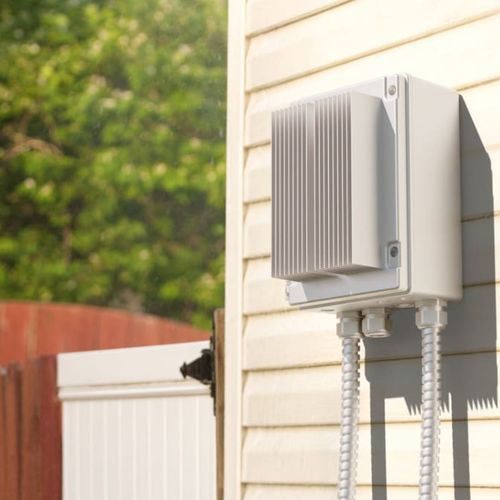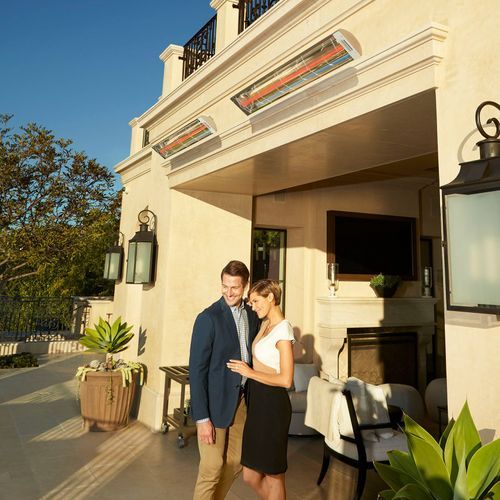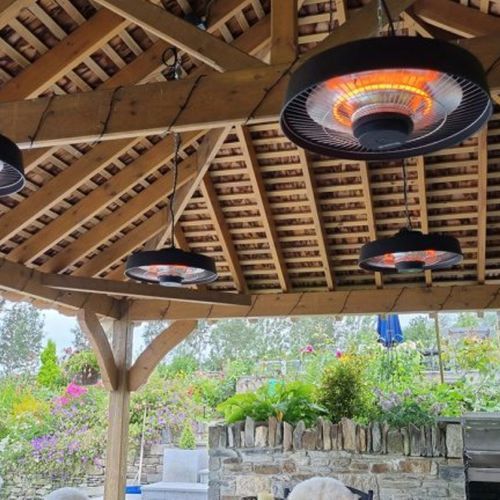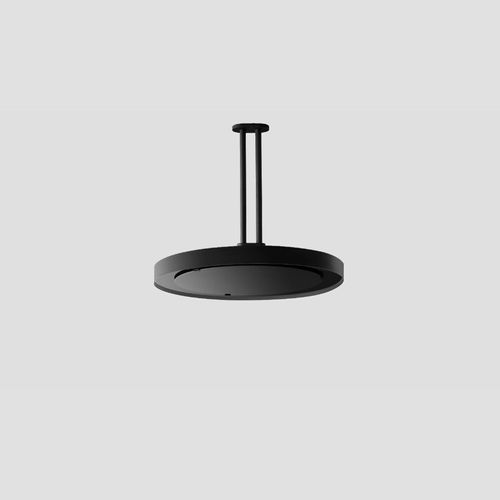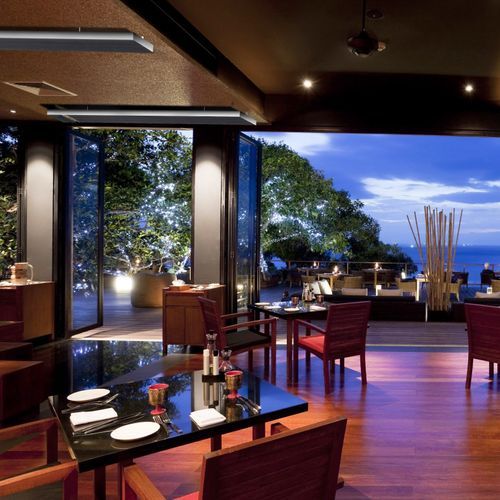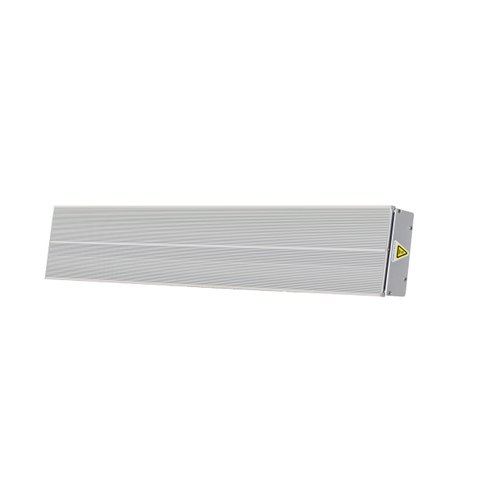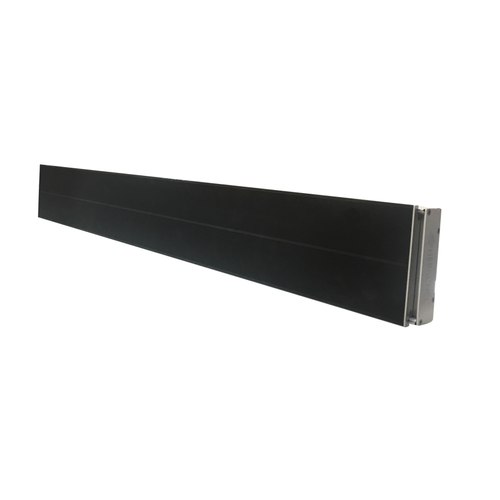Outdoor Heaters
- Discover a great range of high-quality outdoor heaters from leading brands and trusted suppliers in New Zealand. Outdoor heaters extend the usability of your outdoor spaces in our often-variable climate, allowing you to enjoy patios and decks year-round. They provide warmth and comfort, creating a cosy atmosphere for gatherings with family and friends, even on cooler evenings, helping you maximise your living space regardless of the season.Why ArchiPro?
No more endless searching -
Everything you need, all in one place.Real projects, real experts -
Work with vetted architects, designers, and suppliers.Designed for New Zealand -
Projects, products, and professionals that meet local standards.From inspiration to reality -
Find your style and connect with the experts behind it.Start your Project
Start you project with a free account to unlock features designed to help you simplify your building project.
Learn MoreBecome a Pro
Showcase your business on ArchiPro and join industry leading brands showcasing their products and expertise.
Learn More
